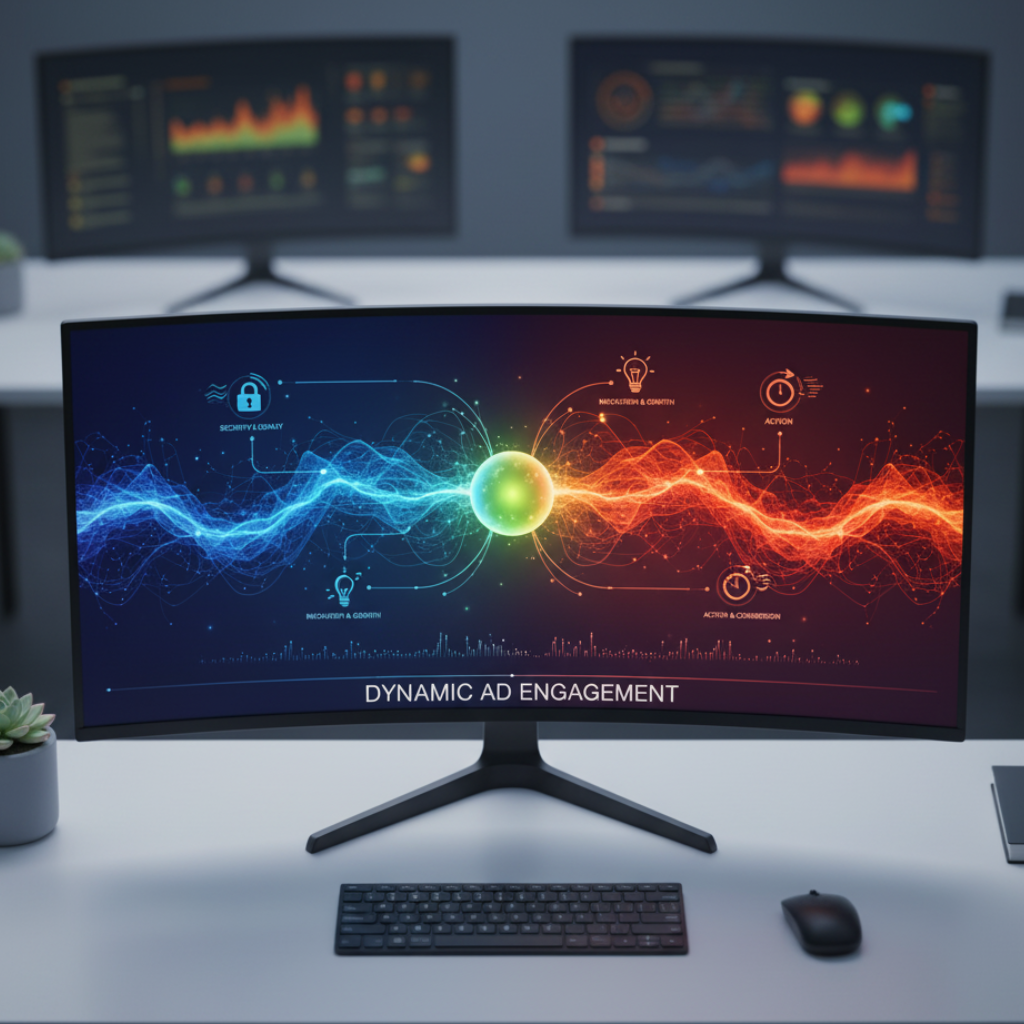The Psychology of Color and Motion in Digital Advertising
Introduction
Digital advertising relies heavily on visuals to capture and hold the audience’s attention. Colors and motion elements are key tools for shaping emotions, driving interaction, and enhancing message retention.
The Impact of Color in Digital Advertising
Color is one of the fastest ways to communicate non-verbally with viewers. Each color evokes distinct subconscious associations and emotions:
- Red often creates a sense of urgency and excitement, making it effective for call-to-action buttons and limited-time offers.
- Blue inspires trust and reliability, commonly used by banks and tech companies to convey professionalism.
- Yellow is associated with optimism and warmth, drawing attention in crowded visual environments.
- Green signifies growth and tranquility, suitable for eco-friendly brands or wellness products.
Selection of color doesn’t just affect mood. Studies show color can boost brand recognition by up to 80%, directly impacting purchase decisions.
Psychological Principles Behind Color Choices
Several psychological principles guide color usage in digital advertising:
- Contrast: High-contrast color combinations help crucial information stand out.
- Cultural Associations: Colors can have varying meanings across regions; red might signal luck in Asia but caution in Western contexts.
- Consistency: Using brand-specific colors repeatedly builds familiarity and trust.
The Power of Motion in Visual Advertising
Motion—through animations, transitions, or video—grabs attention more effectively than static images. The human brain is wired to detect movement as a potential source of interest or threat, making animated elements particularly eye-catching.
- Micro-animations (like buttons or icons that react to hovers) subtly direct viewers’ focus.
- Transitions and Effects can signal progression or highlight changes, making content navigation intuitive.
- Full-motion video facilitates storytelling, creating immersive advertising experiences.
Combining Color and Motion: Enhancing ROI
When color and motion are combined strategically, the impact on consumer behavior multiplies:
- Animated calls-to-action using bold colors drive up click-through rates.
- Dynamic backgrounds with shifting hues keep eyes engaged, especially in retail and event displays.
- Brief, looping video ads with powerful color contrasts improve retention and brand recall.

Best Practices for Marketers
- Test and Optimize: Regularly A/B test color schemes and motion effects to determine what resonates best with target audiences.
- Accessibility Matters: Ensure that animations and color choices do not discourage or confuse users with visual impairments.
- Brand Alignment: All visual elements should harmonize with brand personality and values, reinforcing the desired message.
Conclusion
Understanding the psychology of color and motion provides a scientific foundation for creating compelling digital ads. Careful, intentional use of these elements enhances emotional appeal, drives engagement, and boosts return on investment in competitive digital environments.
